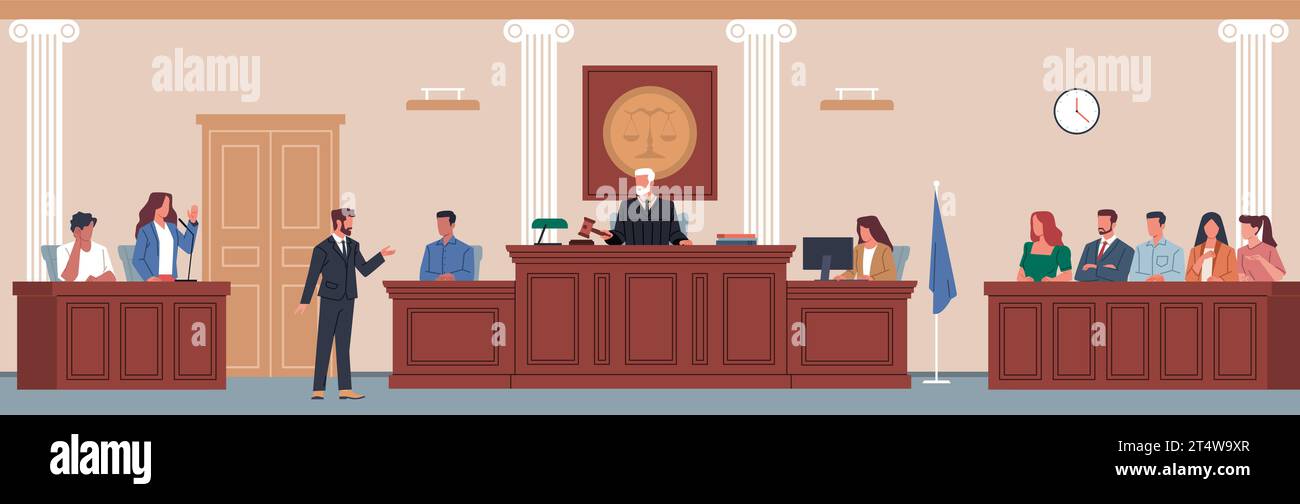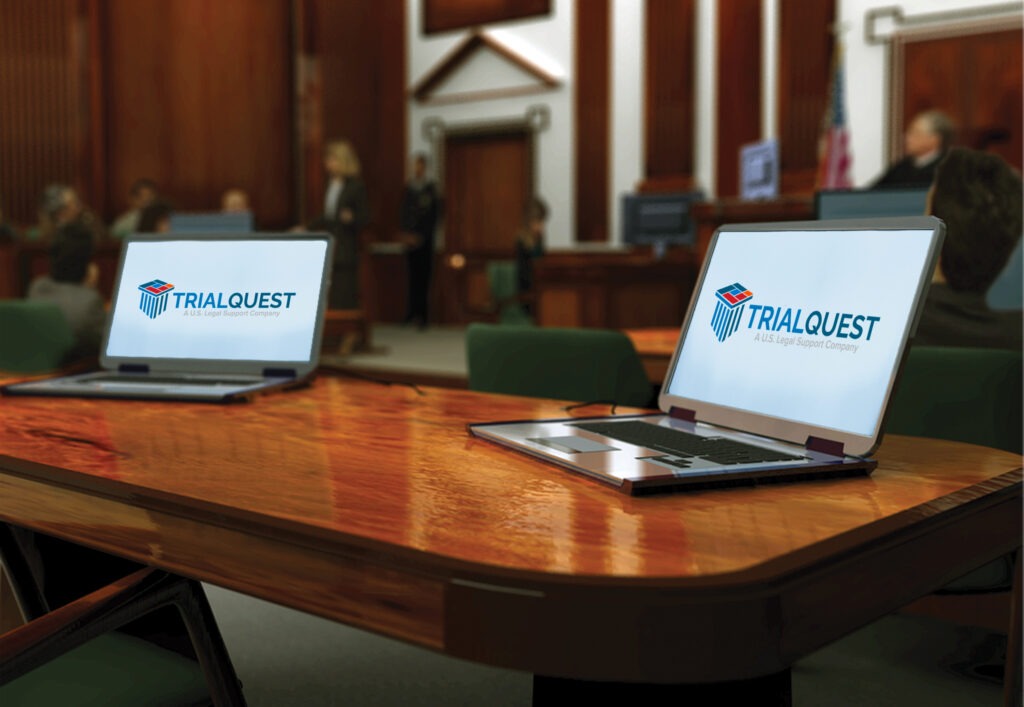Effective trial presentations combine visuals, data, and strong arguments.
Effective trial presentations combine visuals, data, and strong arguments.
Blog Article
Just How Test Presentations Enhance Your Debate and Persuade Jurors
Trial discussions serve as a critical device for improving legal debates and convincing jurors. The strategic use of visuals not only clears up complex information yet additionally catches jurors' focus much more successfully than words alone.

Significance of Aesthetic Help
Visual help play an important function in boosting the efficiency of trial presentations, as they can significantly boost audience interaction and retention of information. In the context of a trial, where jurors are charged with processing facility info, aesthetic aids offer to simplify and clear up key factors. Graphes, graphs, and pictures can communicate information and ideas that might or else overwhelm or perplex jurors, permitting for a more uncomplicated understanding of the proof offered.
In addition, visual aids help in maintaining juror focus throughout the proceedings. By damaging the dullness of verbal testimony, these devices can punctuate important debates, making them much more unforgettable. Reliable aesthetic help can likewise evoke emotional responses, which can be critical in encouraging jurors to align with the speaker's story.

Crafting Engaging Stories
A compelling narrative is vital in trial presentations, as it works as the backbone of efficient persuasion. It allows lawyers to weave together truths, evidence, and psychological aspects into a meaningful story that resonates with jurors. This narrative structure allows jurors to understand the intricacies of the situation while guiding them via the attorney's disagreement.
To craft a compelling narrative, attorneys need to focus on quality and coherence. This includes establishing a clear lead character-- often the client-- and describing their journey via the occasions concerned. Providing the truths in a rational sequence improves understanding and preserves engagement. Furthermore, using vivid summaries can create psychological photos that help jurors envision the occasions, making the narrative more remarkable.
Moreover, integrating vital motifs throughout the presentation enhances the core message and aids in retention - trial presentations. The narrative should not just convey details yet also stimulate a sense of justice, highlighting the stakes entailed. Eventually, a sound narrative fosters a connection between the jurors and the situation, placing the attorney's argument as both legitimate and engaging, consequently boosting the probability of a desirable judgment

Engaging the Court Mentally
Effective jury interaction rests on the attorney's capacity to get in touch with jurors on a psychological level. This link can substantially impact jurors' perceptions and their utmost decision-making. Using sob stories allows lawyers to humanize the case, changing abstract legal concepts into relatable experiences. By offering real-life stories or testimonies, attorneys can evoke empathy and compassion, cultivating a deeper understanding of the concerns at risk.
Visual aids, such as photographs or video clips, can further improve psychological engagement, providing jurors with Website dazzling representations of the instance's try this website human aspects. Crafting a narrative that highlights the battles and accomplishments of the individuals entailed guarantees that jurors see past the lawful disagreements and acknowledge the human repercussions of their decisions.
Furthermore, tone and body language play an important role in communicating emotion. An attorney's enthusiastic delivery can resonate with jurors, enhancing their psychological financial investment in the event. It's vital to balance psychological charms with accurate proof, making sure that jurors really feel compelled to act while continuing to be based in the truth. Inevitably, a mentally involved jury is a lot more likely to be encouraged, making emotional connection a crucial part of reliable test discussions.
Structuring Your Discussion

The body of the presentation must be rationally segmented right into bottom lines, each sustained by engaging proof. It is valuable to utilize storytelling strategies to weave truths into a story that jurors More about the author can easily follow. Visual help, such as graphes and videos, can improve comprehension and involvement, helping to highlight vital items of evidence.
Real-World Instance Studies
Taking a look at real-world study offers indispensable understandings into the art of test presentations and persuasion. The spots instance of "O.J. Simpson v. Individuals of California" illustrates how aesthetic help and engaging stories can guide jury perceptions. The protection team properly employed an approach that combined high-profile expert testimonies with multimedia presentations, which mesmerized jurors and eventually influenced their decision.
Another noteworthy example is the "McDonald's Coffee Case," where the complainant's lawyers utilized graphic photos of the injuries sustained by Stella Liebeck. trial presentations. This plain aesthetic evidence played a critical duty in sharing the severity of her burns, resulting in a considerable court award. Such cases demonstrate that impactful trial discussions commonly depend upon the efficient assimilation of visuals and narration to evoke emotional actions from jurors
In addition, the "Casey Anthony Trial" highlighted the significance of narrative coherence and reputation. The prosecution's failing to establish an engaging timeline decreased their persuasive power, highlighting the requirement of a well-structured presentation. Evaluating these instances exposes that effective test presentations call for critical planning, psychological involvement, and the capacity to resonate with jurors' worths and beliefs.
Verdict
Trial discussions considerably improve debates and encourage jurors through the calculated use of aesthetic aids, compelling stories, and emotional engagement. By simplifying complicated information and cultivating connections with the audience, these components produce an unforgettable and impactful experience. A well-structured presentation balances sob stories with accurate evidence, inevitably reverberating with jurors' values. The combination of these strategies not just influences decision-making however likewise underscores the significance of reliable interaction in the court.
Report this page